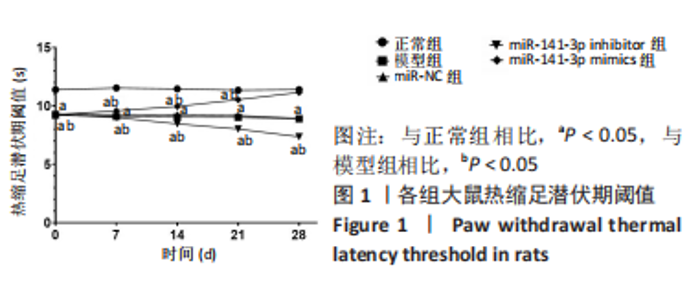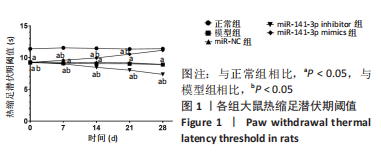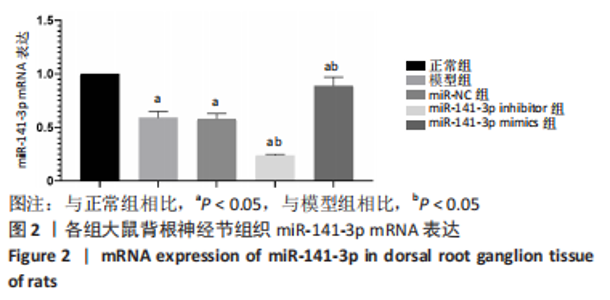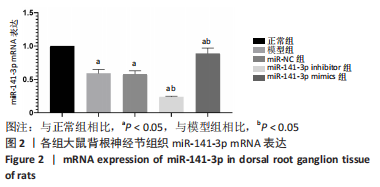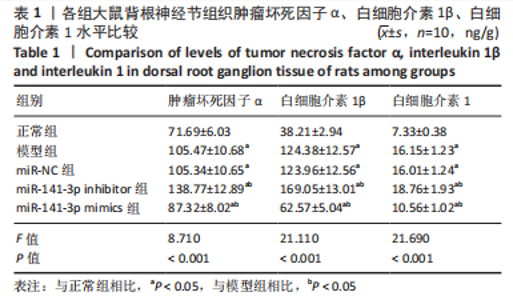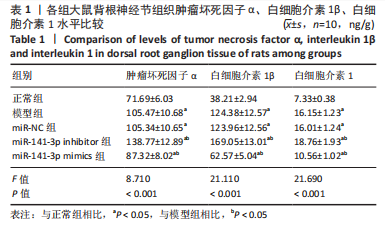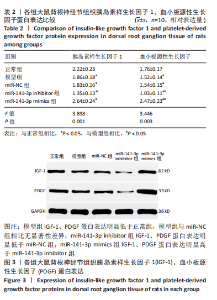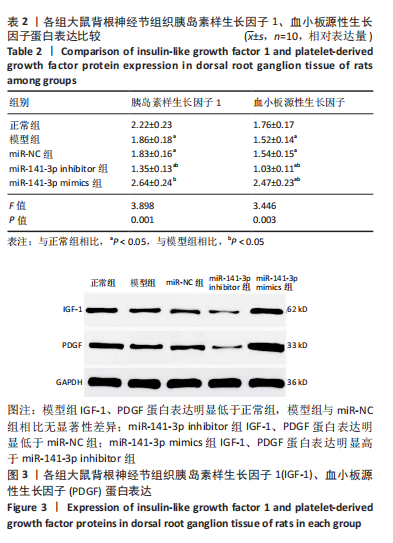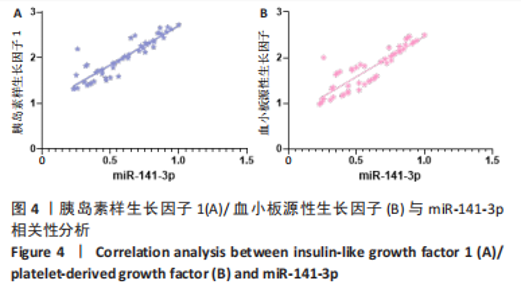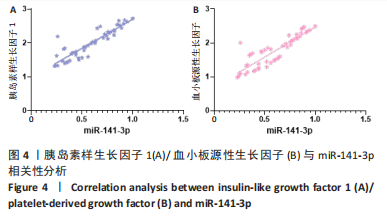[1] YILDIRIM P, GULTEKIN A. The Effect of a Stretch and Strength-Based Yoga Exercise Program on Patients with Neuropathic Pain due to Lumbar Disc Herniation. Spine (Phila Pa 1976). 2022;47(10):711-719.
[2] HORNUNG AL, BARAJAS JN, RUDISILL SS, et al. Prediction of lumbar disc herniation resorption in symptomatic patients: a prospective, multi-imaging and clinical phenotype study. Spine J. 2023;23(2):247-260.
[3] JITPAKDEE K, LIU Y, KOTHEERANURAK V, et al. Transforaminal Versus Interlaminar Endoscopic Lumbar Discectomy for Lumbar Disc Herniation: A Systematic Review and Meta-Analysis. Global Spine J. 2023;13(2):575-587.
[4] MARISCAL G, TORRES E, BARRIOS C. Incidence of recurrent lumbar disc herniation: A narrative review. J Craniovertebr Junction Spine. 2022;13(2):110-113.
[5] HUANG L, BAI Q, SHEN Y, et al. Radiofrequency ablation of lumbar disc herniation with the two-channel low-temperature plasma. Asian J Surg. 2023;46(1):565-566.
[6] YAO Y, ZHENNI Z, FENGQIN C, et al. Effectiveness of moxibustion alone on lumbar disc herniation: a Metaanalysis of randomized controlled trials. J Tradit Chin Med. 2023;43(1):14-26.
[7] KIM H, HONG JY, LEE J, et al. IL-1β promotes disc degeneration and inflammation through direct injection of intervertebral disc in a rat lumbar disc herniation model. Spine J. 2021;21(6):1031-1041.
[8] XU Z, ZHOU X, CHEN G. Retracted: Expression and Mechanism of Interleukin 1 (IL-1), Interleukin 2 (IL-2), Interleukin 8 (IL-8), BMP, Fibroblast Growth Factor 1 (FGF1), and Insulin-Like Growth Factor (IGF-1) in Lumbar Disc Herniation [retraction of: Med Sci Monit. 25:984.]. Med Sci Monit. 2022;28:e938689.
[9] 吴多艺,张泰标,李利.温阳补肾法对骨质疏松骨折患者恢复期血清骨钙素、PDGF、sVCAM-1与IGF-1水平影响[J].现代中西医结合杂志,2020,29(1):67-70.
[10] ZOU ZF, HE JP, CHEN YL, et al. Increased local miR-21 expressions are linked with clinical severity in lumbar disc herniation patients with sciatic pain. Adv Clin Exp Med. 2022;31(7):723-730.
[11] LIAO ZW, FAN ZW, HUANG Y, et al. Long non-coding RNA MT1DP interacts with miR-365 and induces apoptosis of nucleus pulposus cells by repressing NRF-2-induced anti-oxidation in lumbar disc herniation. Ann Transl Med. 2021;9(2):151.
[12] ZHOU X, LI J, TENG J, et al. microRNA-155-3p attenuates intervertebral disc degeneration via inhibition of KDM3A and HIF1α. Inflamm Res. 2021;70(3):297-308.
[13] 闫明. miR-141-3p靶向调控YAP影响根尖牙乳头干细胞增殖及衰老的机制研究[D].南京:南京医科大学,2021.
[14] 张寒, 王树东, 董宝强.针刺肾俞穴对腰椎间盘突出症大鼠神经传导速度的影响[J].吉林中医药,2019,39(8):1072-1075.
[15] JIANG HW, CHEN CD, ZHAN BS, et al. Unilateral biportal endoscopic discectomy versus percutaneous endoscopic lumbar discectomy in the treatment of lumbar disc herniation: a retrospective study. J Orthop Surg Res. 2022;17(1):30.
[16] 田俊波,陶大欢,李玉婷,等.加巴喷丁对腰椎间盘突出症经皮椎间孔镜术后残留神经症状的改善效果[J].临床合理用药,2023, 16(3):95-97.
[17] CHEN X, CHAMOLI U, FOGEL H, et al. Clinicians’ perceptions around discectomy surgery for lumbar disc herniation: a survey of orthopaedic and neuro-surgeons in Australia and New Zealand. Arch Orthop Trauma Surg. 2023;143(1):189-201.
[18] JING X, GONG Z, LI F, et al. Effect of miRNA-146a-mediated TLR4 Signal Pathway on the Pain of Lumbar Disc Herniation. Cell Mol Biol (Noisy-le-grand). 2022;68(1):26-34.
[19] 孙凌梅,王策,童迅,等.腰椎间盘突出症应用冲击波联合中医推拿治疗的临床效果[J].中外医学研究,2023,21(1):136-139.
[20] LEONI MLG, VITALI S, MICHELI F, et al. Radiation Exposure during Fluoroscopy-Guided Ozone Chemonucleolysis for Lumbar Disc Herniation. J Clin Med. 2022;11(24):7424.
[21] 张天龙,赵继荣,陈祁青,等.杜仲腰痛丸对腰椎间盘突出症慢性下肢痛模型大鼠疼痛行为学影响[J].辽宁中医药大学学报,2022, 24(2):20-24.
[22] 谢雪锋,侯传胜,马强,等.miR-141-3p在前列腺癌患者血清中的表达及对骨转移的调控机制[J].解剖学研究,2020,42(4):340-345.
[23] LI H, FAN L, ZHANG Y, et al. SNHG16 aggravates chronic constriction injury-induced neuropathic pain in rats via binding with miR-124-3p and miR-141-3p to upregulate JAG1. Brain Res Bull. 2020;165:228-237.
[24] 林坚,江煜,陈水金,等.推拿按法对腰椎间盘突出症大鼠步态及背根神经节白细胞介素-23及其受体蛋白表达的影响[J].中国中医药信息杂志,2021,28(7):66-70.
[25] 洪刚,王丹.针刀疗法配合独活寄生汤对腰椎间盘突出症大鼠背根神经节炎症的干预效果[J].针灸临床杂志,2020,36(6):70-74.
[26] 陈胜乐,米盼盼,许雅芳,等.miR-141-3p对腰椎间盘突出症大鼠髓核组织核转录因子κB信号通路的影响[J].贵州医科大学学报, 2021,46(7):798-804.
[27] TSAROUHAS A, SOUFLA G, TSAROUHAS K, et al. Molecular profile of major growth factors in lumbar intervertebral disc herniation: Correlation with patient clinical and epidemiological characteristics. Mol Med Rep. 2017;15(4):2195-2203.
[28] XU Z, ZHOU X, CHEN G. Expression and Mechanism of Interleukin 1 (IL-1), Interleukin 2 (IL-2), Interleukin 8 (IL-8), BMP, Fibroblast Growth Factor 1 (FGF1), and Insulin-Like Growth Factor (IGF-1) in Lumbar Disc Herniation. Med Sci Monit. 2019;25:984-990.
[29] 罗毅,孔惠敏,苏伟青,等.PDGF-BB对放射诱导骨髓抑制模型小鼠的造血保护作用研究[J].中国实验血液学杂志,2022,30(6):1873-1880.
[30] 许刚,张长春,朱坤,等.慢病毒介导的IGF-1与PDGF基因对人退变椎间盘髓核组织的影响[J].中国修复重建外科杂志,2020,34(7): 907-914. |
